The History of the Earth
The Earth, 4.5 billion years old, emerged from a nebula in the Milky Way Galaxy. Gravity led to the condensation of a rotating cloud into the Sun and planets. Over time, lumps collided, forming gas giants, rocky planets, and asteroids. The outer planets attracted hydrogen and helium, while the inner planets couldn't capture gases. As Earth neared its final size, its composition evolved, with iron sinking and generating heat. This chain reaction melted the core and silicates, shaping Earth's formation.
The History of the Earth
PowerPoint presentation about 'The History of the Earth'. This presentation describes the topic on The Earth, 4.5 billion years old, emerged from a nebula in the Milky Way Galaxy. Gravity led to the condensation of a rotating cloud into the Sun and planets. Over time, lumps collided, forming gas giants, rocky planets, and asteroids. The outer planets attracted hydrogen and helium, while the inner planets couldn't capture gases. As Earth neared its final size, its composition evolved, with iron sinking and generating heat. This chain reaction melted the core and silicates, shaping Earth's formation.. Download this presentation absolutely free.
Presentation Transcript
The History of the Earth Written by David Ilsley Image: earthobservatory.nasa.gov
The Earth is 4.5 billion years old one third the age of the universe. It formed with the Sun and the other members of the solar system from a nebula a cloud of gas and dust in the Milky Way Galaxy. The gas was mainly hydrogen and helium, with minor amounts of nitrogen, neon, methane etc. The dust was microscopic crystals of ice (water methane, ammonia etc.), silicates and metals (mainly iron). Image: pxfuel.com
Gravity caused part of this cloud to condense into a rotating sphere (the Sun) surrounded by a rotating disc. Image: jpl.nasa.gov
The dust crystals in the disc joined together into lumps and the lumps collided to form progressively bigger lumps. Away from the Sun s heat, the lumps were mostly ices like water, methane and ammonia, with lesser metals and silicates. These formed the gas giants and the comets. Closer to the Sun, the ices mostly evaporated leaving the lumps to consist mainly of silicates and metals. These formed the rocky planets and asteroids.
Once the lumps got big enough to have a strong gravitational field, the ones in the outer solar system attracted the gas (mainly hydrogen and helium) to complete the formation of the gas giants. Image: flickr.com
In the inner solar system, the gas was too warm to be trapped by the gravity of the forming terrestrial planets. Image: commons.wikimedia.org
When the Earth got close to its final size, it consisted of a mixture of silicates (mostly magnesium silicate Mg2SiO4) and metals (mostly iron) with a little water and other compounds. It was hot from energy produced by high speed collisions with the matter that fell onto it. Image: flickr.com
Iron has a lower melting point than silicates. Iron near the centre of the Earth began to melt and, being denser than silicates, started to sink down through the silicates. This released gravitational energy which turned into more heat. This caused more iron to melt in a chain reaction. The heat released then melted the silicates also.
Nearly all the iron sank down to form the iron core, leaving the silicates above to form the mantle. Image: jpl.nasa.gov
The heat released was enough to melt the whole Earth. Its surface would have been at about 1500 C. For a while, Earth would have glowed like a star. Image: flickr.com
The Earth would then have cooled and, over a few million years, it would have started to solidify from the outside in. Because of convection currents in the mantle, the solid crust would have been constantly in motion and liquid rock (lava) would have been constantly pouring out onto the surface as volcanoes. Image: nps.gov
Around this time, another planet about the size of Mars collided with the Earth. Image: commons.Wikimedia.org
The impact threw a lot of the earths mantle into space. Much of that material collected together in orbit around the Earth and formed the Moon. Image:By Citronade - Own work, CC BY-SA 4.0, https://commons.wikimedia.org/w/index.php?c urid=72720188 Because the Moon was formed from the Earth s mantle, it has no iron core.
As well as producing the Moon, this impact would have melted the Earth all over again. Image: flickr.com Once again it took a few million years to re-solidify.
Image: pickpik.com By about 4.4 billion years ago (100 million years after the solar system formed), the Earth s surface had solidified, though much of its interior was still molten and volcanic activity continued.
The volcanic eruptions had brought a lot of water and carbon dioxide out of the mantle. The water produced seas and the carbon dioxide produced a thick atmosphere a bit like Venus atmosphere today. Image: astrobiology.nasa.gov
More water would have arrived in the form of comets hitting the Earth. As well as the seas, the water would have produced clouds and rain. Image: pickpik.com
Stars get gradually hotter over their lifetimes as their hydrogen is burnt up. 4.4 Ga ago the Sun produced only 70% of the heat it does today. Without the thick carbon dioxide atmosphere producing a greenhouse effect, all water on the Earth would have been permanently frozen. It was the greenhouse effect that kept it liquid. Image: commons.Wikimedia.com
Image: pikist.com Primitive life probably started to form at this time. Organic molecules in the water would have combined to form larger molecules that could produce new molecules like themselves the way DNA does. This would then have evolved into self-contained primitive organisms a bit like the bacteria and viruses of today.
Image: en.wikipedia.org Also at this time quite a bit of material left over from the formation of the planets was still hitting the Earth.
Between 4.1 Ga and 3.8 Ga ago, there seems to have been an increase in the number of comet and asteroid impacts. This is called the Late Heavy Bombardment. It was at this time that most of the moon s craters were formed. Image: flickr.com The cause of the LHB is not known, but the most likely theory is that the outer planets changed their distance from the Sun and caused a lot of asteroids and comets to be thrown out of their orbits and to come into the inner solar system.
By 3.8 Ga ago, much of the mantle had solidified, but continuing volcanic activity was producing a crust of lighter volcanic rocks on top of the denser mantle. Continuing convection in the mantle caused the lighter crust to move and to crumple up, producing mountain chains and the beginnings of continents. Image: en.wikipedia.org
By this time, the Earth would have looked quite like it does today. There would have been land and sea, continents and oceans, wind, clouds and rain. There was, however, no life on the land the land would have been bare rock. Image: wallpaperflare.com And life in the sea would have been microscopic at best, a bit of brown slime.
Also there was no free oxygen, either in the atmosphere or in the oceans. Life evolved to live in an oxygen-free environment. In fact oxygen would have been toxic to it. Bacteria and algae evolved to get energy from the Sun by photosynthesizing and turning carbon dioxide and water into carbohydrates and oxygen. The oxygen released, however, combined with other chemicals in the ocean (particularly iron) and so the oceans and atmosphere were kept oxygen free.
But about 2.5 Ga ago, algae started to produce oxygen faster than it could be consumed by the chemicals in the ocean. Image: commons.Wikimedia.org Oxygen then started to accumulate in the oceans and in the atmosphere. This gave rise to . . .
The Oxygen Catastrophe! Image: pexels.com
The oxygen in the oceans and atmosphere had two disastrous effects. Firstly it poisoned and killed most living things on the Earth. Image: commons.Wikimedia.org
Secondly, it oxidized the methane in the atmosphere. CH4 +2O2 CO2 + 2H2O This severely reduced the greenhouse effect and this in turn caused the Earth to cool. The Earth was plunged into an ice age and the whole Earth was covered in ice for much of the 300 million years from 2.4 Ga to 2.1 Ga ago. Image: jpl.nasa.gov This is called a Snowball-Earth event.
So how did the Earth get out of its snowball state? It is not known for sure, but three things probably helped. 1. The reduction in life reduced the oxygen supply; 2. The fact that the liquid ocean was separated from the atmosphere by ice prevented the ocean from absorbing carbon dioxide from the atmosphere, so more could build up from volcanic activity, increasing the greenhouse gases again; 3. The sun continued to get warmer.
The few species that could tolerate the oxygen (and the cold) survived and these went on to evolve into all the life forms we have on Earth today. Image: flickr.com
From 2.1 Ga to 0.8 Ga, not too much changed. There was a briefer Snowball-Earth event about 1.4 Ga The oxygen level gradually increased. But, even by 0.8 Ga the atmosphere was still less than 1% oxygen. Life continued to evolve. But, at 0.8 Ga, all organisms were still just single cells. Image: rawpixel.com
Between 0.8 Ga and 0.6 Ga (800 Ma and 600 Ma ago), there were a few more short-lived Snowball-Earth events. After these, the oxygen level in the atmosphere reached 1% and the first multi-celled organisms evolved. Image: rawpixel.com
This was a very significant event. For 3 billion years all life had been single-celled. Then, within a few million years of the last Snowball-Earth event, hundreds of thousands of different creatures evolved, some more than a metre in length. This is called the Cambrian Explosion. Image: commons.Wikimedia.com
Life has become progressively more complex and advanced over the 600 million years since then. The first fish, land animals, land plants and insects appeared about 400 Ma ago. Image: zh.wikipedia.org
Dinosaurs and early mammals appeared about 200 Ma ago, birds and flowering plants about 150 Ma ago, grass about 70 Ma ago. Image: commons.Wikimedia.org
65 million years ago, an asteroid impact spread dust throughout the atmosphere blocking sunlight for years and cooling the Earth. Image: en.wikipedia.prg This led to the extinction of the dinosaurs and allowed warm-blooded mammals to take the dominant position.
The Earth would have cooled down and completely solidified long ago except that it continues to produce heat by radioactive decay of unstable elements like Uranium, Thorium, and Potassium. Because of this heat, even today, the mantle is still partly molten and so we still have volcanic activity. Image: wallpaperflare.com
We also still have convection currents in the mantle and so the continents still drift around, separate and crash into one another producing mountain chains. This process is known as plate tectonics. Without it, there would be no mountain building and all the land would have eroded into the sea long ago. Image: commons.Wikimedia.org
Because the Sun is warmer now, we dont get Snowball-Earth events any more, but we do still have ice ages where a lot of the Earth is covered with ice. This is because ocean life uses carbon dioxide to make calcium carbonate shells and skeletons and these then get buried in the sediments on the sea floor. This has reduced the amount of carbon dioxide in the atmosphere from over 90% of it to less than 0.1% of it. And this has reduced the greenhouse effect counteracting the increased heat from the Sun.
We have been in a glacial period for the last 2 million years and there is a lot of ice on the Earth, but we are presently in a warmer period within the generally cold glacial period. Image: nps.gov
In the coldest part of the present ice age, about 20 000 years ago, much of North America and Europe was under hundreds or thousands of metres of ice. Sea levels were 140 m lower than they are now. Image: commons.Wikimedia.org
Homo appeared in Africa about 2.5 million years ago. Various species like Homo habilis, Homo erectus and Neanderthals spread around the world. Image: flickr.com
Modern Homo sapiens evolved, also in Africa, 200 000 years ago. 65 000 years ago, Mt Toba in Indonesia erupted throwing huge quantities of ash into the sky and plunging the whole Earth into a cold spell. Image: en.wikipedia.org All but a few thousand humans died.
About 60 000 years ago, a group of Homo sapiens crossed the Red Sea from Africa into Asia. From there, they spread over the whole Earth, displacing the remaining Neanderthals and other species to become the sole humans. Image: commons.Wikimedia.org
And then it was now. Image: pexels.com




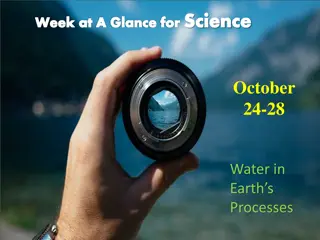
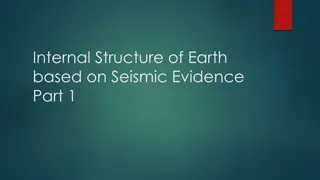


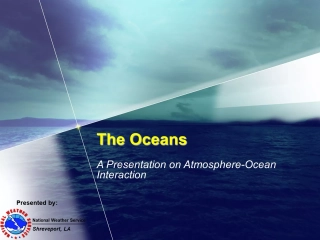
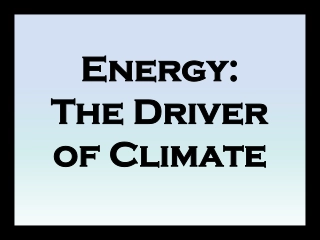
![READ⚡[PDF]✔ The Earth in Context: A Guide to the Solar System (Springer-Praxis S](/thumb/21508/read-pdf-the-earth-in-context-a-guide-to-the-solar-system-springer-praxis-s.jpg)
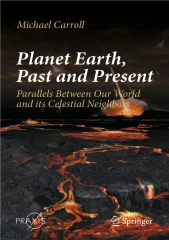
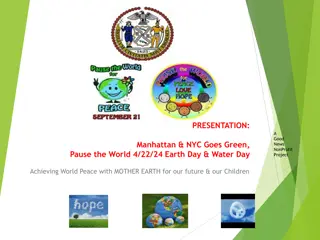
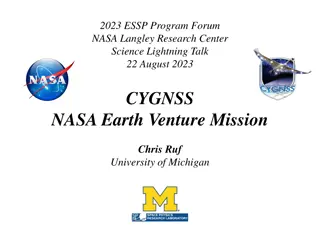

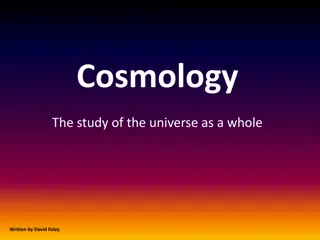
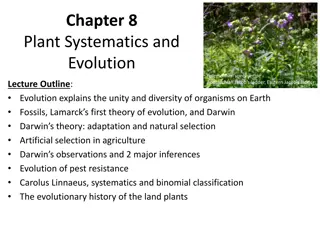











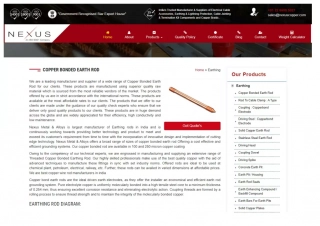

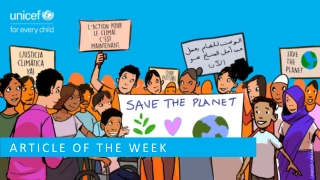
![get⚡[PDF]❤ The Healthiest People on Earth: Your Guide to Living 10 Years Longer](/thumb/20470/get-pdf-the-healthiest-people-on-earth-your-guide-to-living-10-years-longer.jpg)

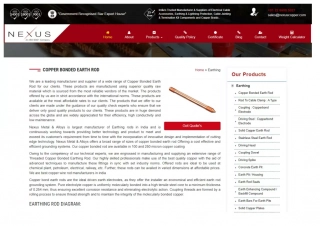
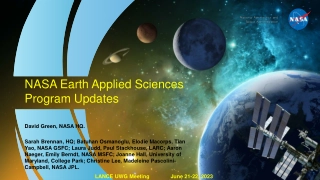
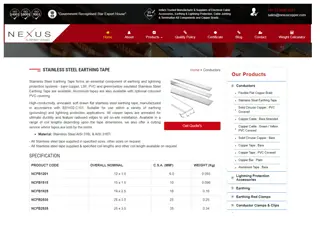
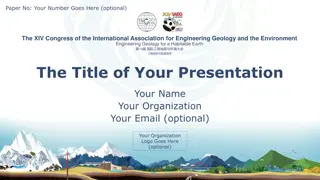
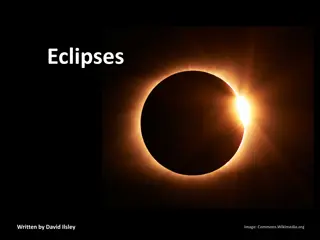
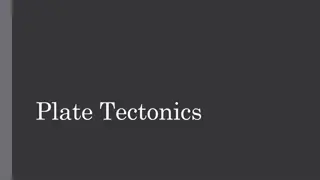
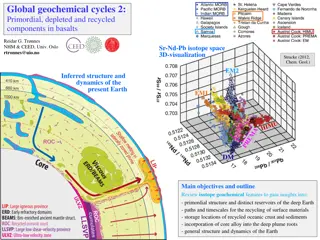
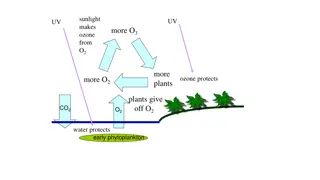

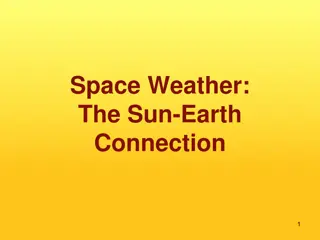
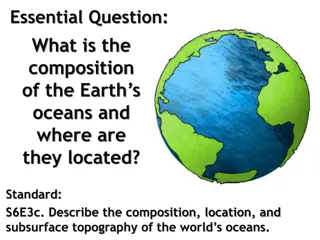

![[PDF⚡READ❤ONLINE] In Ruins: A Journey Through History, Art, and Literature](/thumb/20543/pdf-read-online-in-ruins-a-journey-through-history-art-and-literature.jpg)


![❤Book⚡[PDF]✔ Star Maps: History, Artistry, and Cartography (Springer Praxis Book](/thumb/21625/book-pdf-star-maps-history-artistry-and-cartography-springer-praxis-book.jpg)
